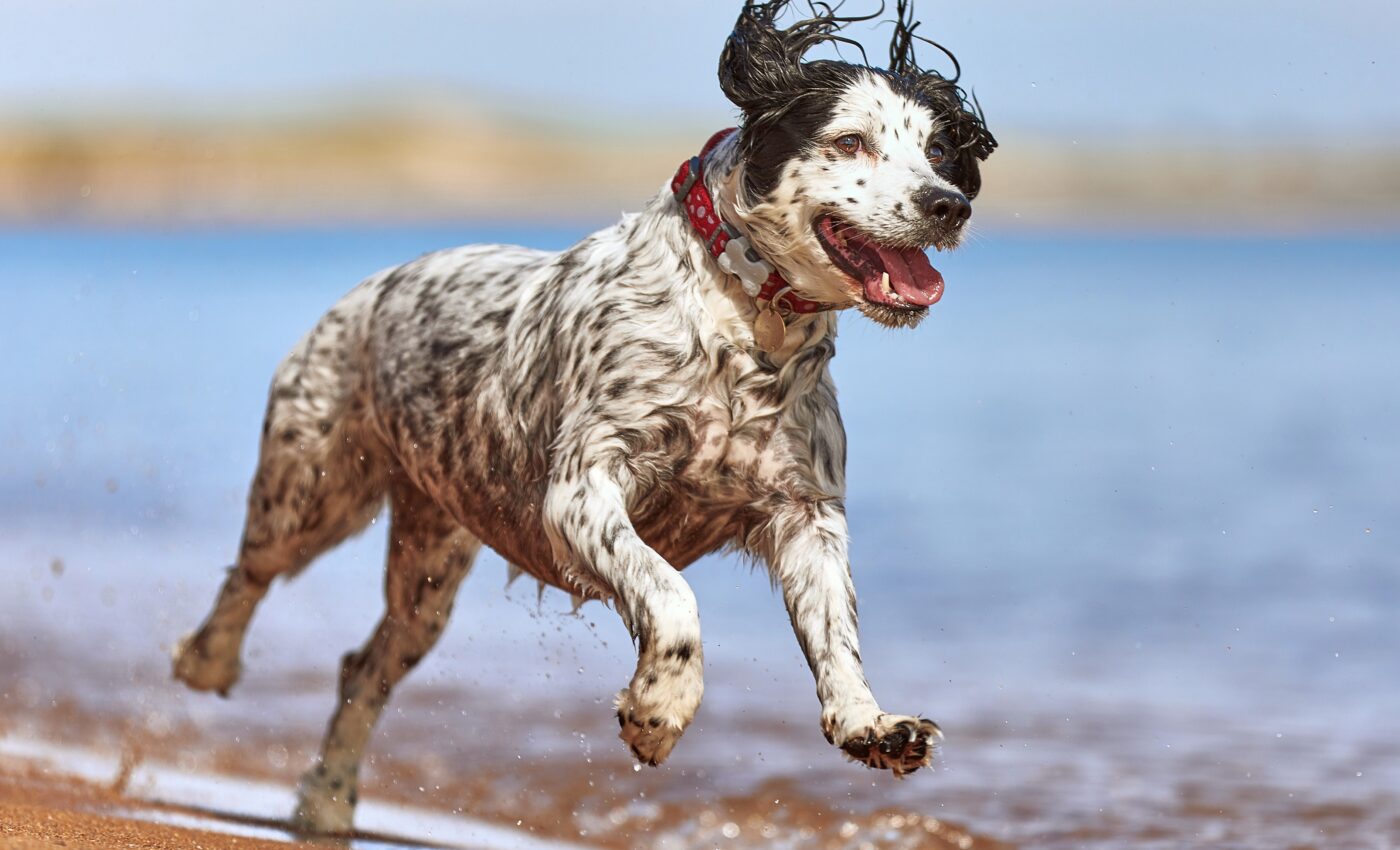
Expert tips: How to keep your dog safe from heatstroke this summer
As summer heats up, it’s crucial for dog owners to be aware of the potentially lethal risks of heatstroke in their furry friends. PetLab Co., a veterinary service based in the US, recently published a video outlining five early warning signs of this dangerous condition.
“Every dog owner should know this,” the accompanying caption declared, underscoring the urgency of the message. The video demonstrated each of the five signs, overlaying them onto footage of dogs under the scorching sun.
Five signs of a heatstroke in dogs
Heatstroke symptoms to watch for include heavy panting, excessive drooling, a bright red tongue and gums, skin that feels hot to touch, and an accelerated heart rate. This life-threatening condition occurs when a dog’s body overheats and is unable to effectively cool itself down.
“Seek the advice of a veterinarian if this happens to your dog,” PetLab Co. advised in the comments section of their post. Swift action is crucial to ensure the survival and recovery of a dog experiencing heatstroke.
However, the best strategy for dealing with heatstroke is prevention. Liz Lannie, a pet behaviorist with Bella & Duke, provided FEMAIL with some valuable advice on dog safety in the hot summer weather.
Lannie emphasized that summer should not be a time of fear for dog owners. Instead, she said, “By following the right steps you can make sure all of your outside time with your furry friend can be an enjoyable and most importantly safe experience.”
Preparation, she advised, is the key to a memorable summer with your pet, including regular grooming and ensuring plenty of water is available.
Hydration is vital to prevent dog heatstroke, as they can lose up to one liter of water per day. “The more water they lose, the higher the chances of overheating,” said Lannie.
She recommended setting up multiple water stations around the house to protect dogs from overheating and dehydration.
Outdoor dog safety measures
Outdoor dog safety measures include sticking to the shade and avoiding car trips. “Dog heatstroke can easily be induced by prolonged exposure to direct sunlight,” Lannie explained, suggesting dog owners ensure shaded areas are available for their pets to rest.
When it comes to cars, she stressed that even with water and open windows, vehicles are a dangerous place for dogs in the summer. “In a car, dogs can develop heatstroke in just 15 minutes,” she cautioned.
Regarding beach walks, Lannie urged owners to be mindful of their dogs’ sensitive paws which can easily burn on hot sand. However, she added that quick, refreshing dips in the sea can be beneficial.
For those without beach access, filling a paddling pool can help dogs stay cool. “This will help to responsibly bring down your furry friend’s body temperature and absorb water through their skin and paws making sure they are hydrated as well as cool,” Lannie suggested.
Additional dog heatstroke prevention tips
Diet can also play a role in helping dogs beat the heat. Lannie suggested serving cool treats such as bone broth lollies as “great summer snacks.” She also advised dog owners to keep their pets away from barbecues, as the irresistible smells can tempt them into danger.
Sunscreen is another crucial aspect of summer dog safety care. Lannie emphasized that dogs can indeed get sunburnt and that certain breeds, particularly those with lighter hair, are more susceptible. “Sunburn for dogs isn’t just painful, but like humans, it can also increase the risk of skin cancer,” she warned.
Lastly, grooming can help dogs cope with the summer heat. “Most dogs will start to shed their coat as summer begins, so regular brushing will get rid of any old hair that could make them even hotter,” Lannie advised.
More about dog safety and protecting your pets
Keeping your pets safe and healthy requires regular care and precaution. Here are some tips for protecting your pets:
Regular vet check-ups
Regular visits to the veterinarian ensure that your pets are up-to-date on vaccinations and receive preventative treatments for parasites like fleas and heartworms. Vets can also identify any potential health issues early on.
Microchip your pet
A microchip can help to reunite you with your pet if they get lost. Make sure to keep your contact information up to date with the microchip registry.
Nutrition and exercise
Just like humans, pets need a balanced diet and regular exercise to stay healthy. Overfeeding can lead to obesity and related health problems.
Spay/neuter your pet
This can prevent unwanted litters and also protect your pet from certain types of cancer and other health issues.
Training and socialization
This can help prevent behavioral issues and ensure your pet is well-behaved around others. It’s also important for their mental stimulation and overall well-being.
Safety in vehicles
Never leave your pet unattended in a car, especially in hot weather. This is one of the most common ways that dogs get heatstroke. Also, When driving, secure your pet in a carrier or with a pet seat belt.
Pet-proof your home
Keep harmful substances, choking hazards, and escape routes out of reach. This includes things like cleaning products, certain plants, small objects they might swallow, etc.
Keep up with grooming
Regular grooming can prevent a variety of health issues in pets. This includes brushing their teeth, bathing them, and regularly checking their skin, ears, and nails.
Use a leash or carrier
When outside of your home, keep dogs on a leash and cats or small pets in a carrier. This can protect them from running into traffic, encountering aggressive animals, or getting lost.
—-
Check us out on EarthSnap, a free app brought to you by Eric Ralls and Earth.com.













